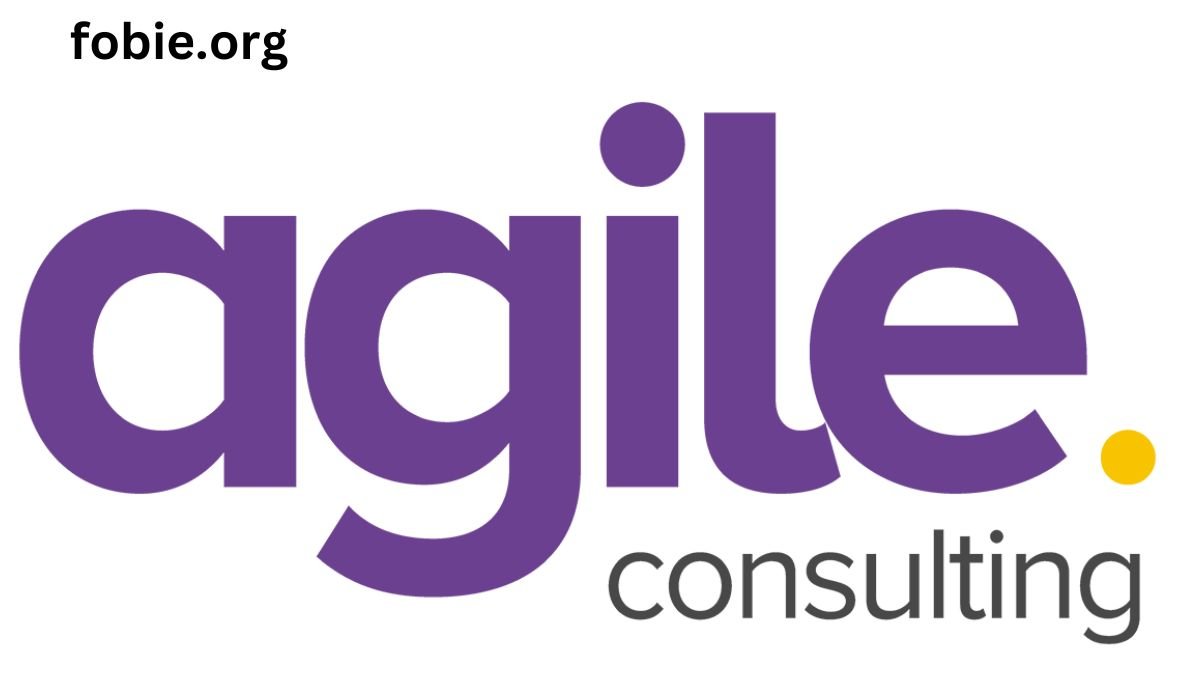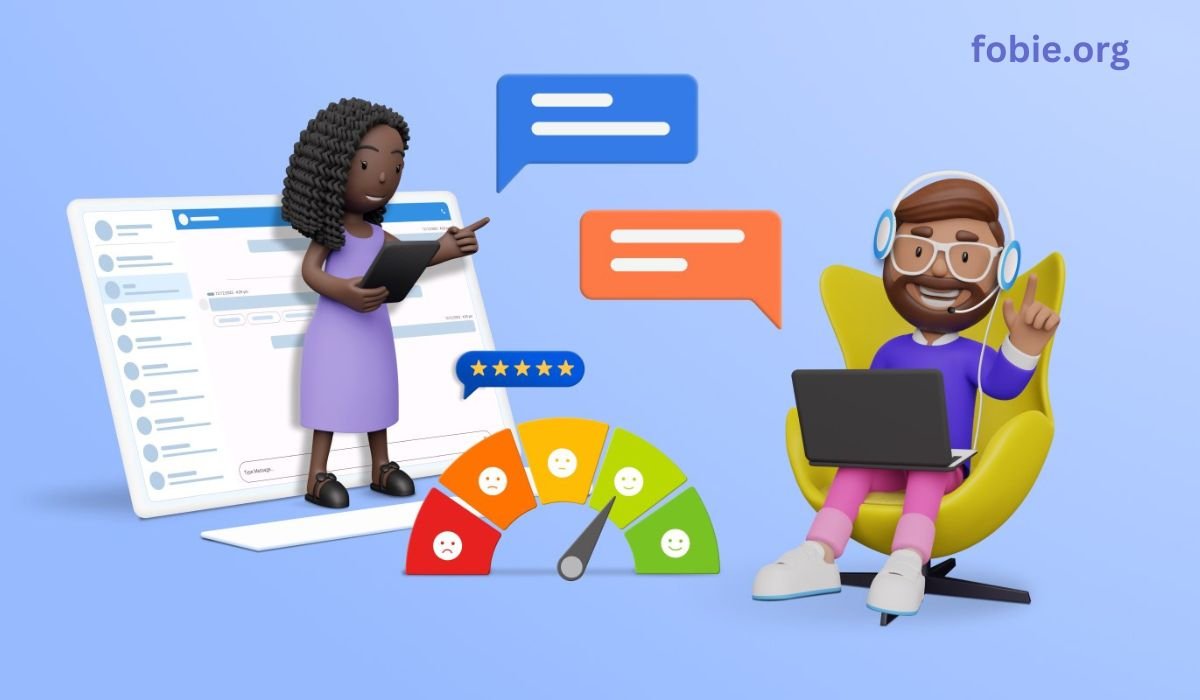Key Takeaways
- Learn actionable strategies to attract and retain top talent in your small business.
- Discover how to create an attractive benefits package.
- Understand the importance of workplace culture and professional development opportunities.
- Glean insights from industry examples and data to support your strategies.
Table of Contents
- Introduction
- The Importance of Attracting and Retaining Talent
- Offering Competitive Salaries and Benefits
- Creating a Positive Workplace Culture
- Providing Professional Development Opportunities
- Implementing Flexible Work Policies
- Industry Insights and Data
- Conclusion
Introduction
The landscape of employee recruitment and retention has evolved dramatically over the past decade. Competing with more giant corporations to attract and retain top talent can take time and effort for small businesses. However, by employing smart strategies, small businesses can attract talented individuals and ensure they are happy and productive in the long term. One such strategy is integrating retirement benefits like a Safe Harbor 401(k), which can make your business more attractive to potential hires. By demonstrating a commitment to the financial well-being of your employees, you can set your business apart as a desirable workplace.
The Importance of Attracting and Retaining Talent
Human resources are a crucial component of success for any small business. Talented employees contribute to innovation, productivity, and a positive company reputation. Investing in your workforce enhances your business’ performance and helps create a loyal and motivated team. Talented employees bring fresh ideas, drive efficiency, and can improve overall company morale. Retaining these employees ensures a stable and experienced workforce that can help guide your business through growth and challenges.
Offering Competitive Salaries and Benefits
Offering competitive pay and extensive benefits packages is one of the best strategies to attract top personnel. This doesn’t necessarily mean you need to break the bank. Consider offering performance bonuses, profit-sharing schemes, and other financial incentives that align with your business goals. To make their job offers more alluring, employers should provide amenities like paid time off, retirement programs like 401(k), and health insurance. A broader spectrum of potential employees can be attracted by providing a choice of financial and non-financial advantages, meeting their various demands and preferences.
Creating a Positive Workplace Culture
Keeping up a positive workplace culture is crucial to keep employees engaged. Promote an environment of civility, cooperation, and open communication. Promote team-building exercises and give your staff members praise and recognition for their accomplishments. A positive work environment can boost employee morale, leading to higher job satisfaction and lower turnover rates. Enhancing collaboration and teamwork can also lead to higher productivity and a more integrated workplace with a pleasant culture.
Recognition and Reward Programs
Implementing recognition and reward programs can enhance the sense of appreciation among your team members. Celebrating successes and milestones raises spirits and fosters a positive work atmosphere where staff members feel appreciated and recognized for their efforts. Public recognition, whether through awards, announcements, or company events, can motivate employees to maintain high performance and strive for excellence.
Promoting Open Communication
Encouraging open lines of communication between management and staff can help address work-related issues proactively. Conduct regular meetings, feedback sessions, and surveys to better understand employee concerns and address them promptly. Open communication between employees and management empowers employees to offer their ideas and contribute to the organization’s success.
Providing Professional Development Opportunities
Today’s employees value opportunities for growth and development. Provide access to training programs, workshops, and continuing education. Encourage a culture of lifelong learning by encouraging certifications and developing skills pertinent to their positions. Additionally, offering career advancement paths can help employees see a future within your company, enabling them to stay longer. Workers are more likely to stick with their jobs and show commitment to them if they believe that their professional development is encouraged.
Mentorship Programs
Mentorship programs are another effective way to support professional development. Pairing less experienced employees with seasoned mentors can provide valuable guidance, foster learning, and help employees navigate their career paths within the company. Mentorship benefits the mentee and allows mentors to develop leadership skills and contribute to the organization’s growth.
Implementing Flexible Work Policies
Work-life balance has become a significant factor for many job seekers today. Offering flexible work policies, such as remote work options and flexible scheduling, can make your business more appealing. Understanding and accommodating your employees’ personal needs demonstrates that you value their well-being, which can significantly impact their commitment and productivity. Flexible work arrangements can reduce stress, improve mental health, and increase job satisfaction.
Remote Work Options
Providing workers the option to work remotely, whether from home or elsewhere, can improve productivity and job satisfaction. With technological advancements and communication tools, remote work has become a viable option for many jobs, promoting a better work-life balance. Additionally, working remotely can reduce the time and costs related to commuting, freeing up staff to concentrate more on their duties and obligations.
Flexible Scheduling
Adjustable start and end hours and shortened work weeks are two examples of flexible scheduling choices that might make it easier for staff members to balance their personal and professional obligations. This adaptability may result in happier workers and fewer cases of burnout. Employers may foster a more welcoming and encouraging work environment by considering their employees’ many working styles and preferences.
Industry Insights and Data
Data and insights can help shape your recruitment and retention strategies. According to recent studies, businesses that invest in employee engagement initiatives experience a 41% reduction in absenteeism and 21% higher productivity. These figures highlight the tangible benefits of focusing on employee satisfaction and engagement. Gaining knowledge about market trends and comparing oneself to rivals can help you make informed decisions about what retains employees and what doesn’t.
Conducting Employee Surveys
Regularly conducting employee surveys can provide valuable insights into the effectiveness of your strategies. By getting input from staff members, you may find areas for development and make adjustments that will increase retention and job happiness. Surveys can uncover hidden issues and opportunities for growth, helping employers make informed decisions to support their workforce better.
Conclusion
Attracting and retaining top talent in a small business can be a manageable challenge. Strategic efforts focused on competitive benefits, a positive work culture, professional development, and flexible policies can build a talented and loyal team. Your small firm may prosper in a cutthroat market by putting these tactics into practice and regularly evaluating their efficacy using industry data and employee input. Continuously adapting and improving your approach to employee satisfaction will ensure long-term success and a thriving, motivated workforce.











